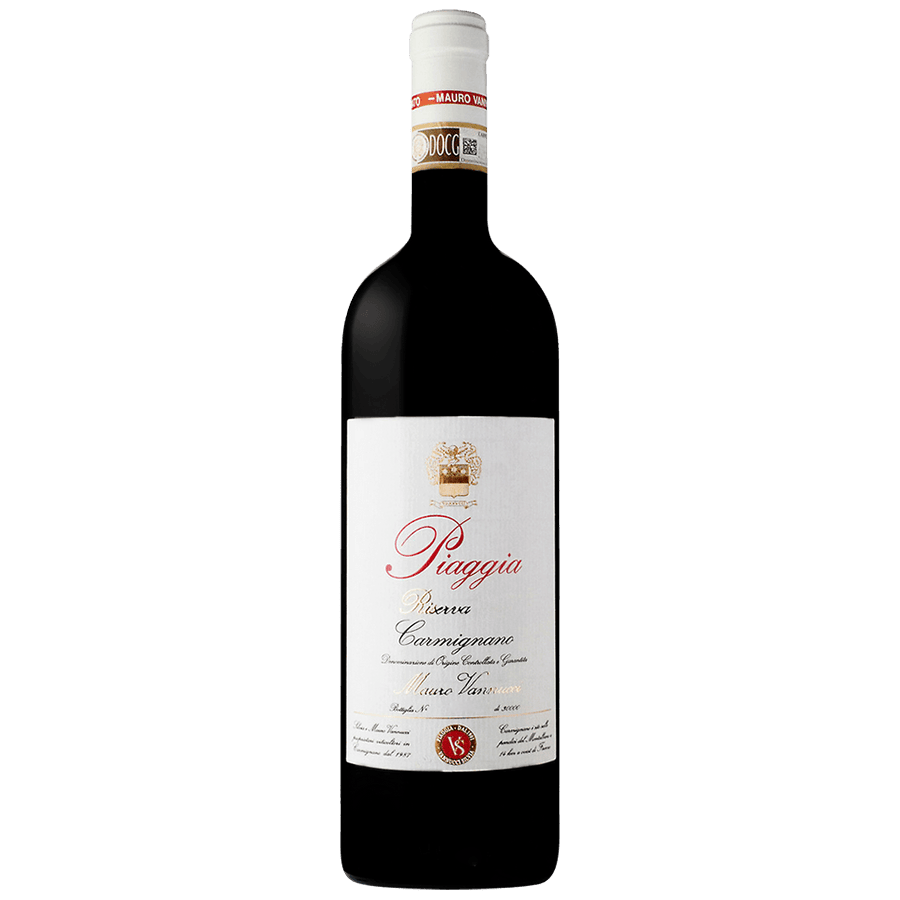Carmignano is a gem nestled within the heart of Tuscany, a region celebrated for its rolling hills, rich history, and, of course, its exquisite wines. This article delves into the wine region of Carmignano, exploring its historical roots, geographical placement, unique soil profile, climatic conditions, grape varieties, and the distinct taste profiles of its wines.
The wine region of Carmignano carries a storied past, with its wine-making traditions dating back to the 14th century. Historical records from 1369 highlight Carmignano’s wines as being of exceptional value, costing four times as much as other wines of the era. This early recognition of quality set the stage for the region’s enduring reputation. In the 18th century, Carmignano became a pioneer in viticulture, particularly noted for the introduction of Cabernet Sauvignon from France, which would become a hallmark of the area’s wine blend.
Despite its longstanding tradition, Carmignano’s wines were once overshadowed by the prestigious Chianti title and were grouped under “Chianti Montalbano.” It wasn’t until 1975, after persistent efforts by local vintners, that Carmignano secured its DOC recognition, which was later elevated to DOCG status in 1990, reinstating its independence and historical significance within the Italian wine landscape.
Located merely 20 kilometers west of Florence, on the eastern slopes of Monte Albano, Carmignano enjoys a picturesque setting. This proximity to historical cities and the scenic beauty of Tuscany makes Carmignano not just a wine-making locale but a cultural treasure.
The terroir of Carmignano plays a pivotal role in defining the character of its wines. The region benefits from lime-rich, free-draining soils, which are particularly conducive to growing the Sangiovese grape, the backbone of Carmignano’s wine blend. The climatic conditions, characterized by hot days and cool nights, are ideal for viticulture, ensuring that the grapes reach perfect ripeness while retaining essential acidity, contributing to the wine’s balance and complexity.
Carmignano’s wine blend is distinctive, primarily based on Sangiovese, which must constitute at least 50% of the blend. The inclusion of Canaiolo Nero, Cabernet Sauvignon, and Cabernet Franc further enriches this blend. Canaiolo Nero can make up to 20% of the blend, adding softness and aroma, while Cabernet Sauvignon and Cabernet Franc (10 to 20 percent each) introduce structure and depth, a testament to the international influence on this Italian classic.
Wines from Carmignano are celebrated for their robustness and elegance. They share similarities with their renowned neighbor, Chianti, yet stand out for their unique composition. The presence of Cabernet varieties alongside Sangiovese lends these wines a distinctive profile, balancing the bright cherry and earthy notes of Sangiovese with the dark fruit and complexity brought by Cabernet Sauvignon and Franc. This blend results in dry reds that are complex, with a harmonious interplay of fruit, tannin, and acidity, often accompanied by a hint of oak aging.
Moreover, Carmignano does not limit its offerings to red wines alone. The region also produces Barco Reale di Carmignano, a younger, more accessible version of its reds, and Vin Santo di Carmignano, a cherished sweet dessert wine, including the rare “Occhio di Pernice” pink variant, adding diversity to its vinicultural repertoire.
In conclusion, the wine region of Carmignano, with its rich historical tapestry, strategic geographical location, ideal terroir, diverse grape varieties, and distinctive wine profile, stands as a testament to Tuscany’s legacy as a wine-making powerhouse. This lesser-known DOCG may not command the same immediate recognition as some of its Tuscan neighbors, but its wines offer a unique expression of the land, tradition, and innovation that define Italian winemaking at its best.



